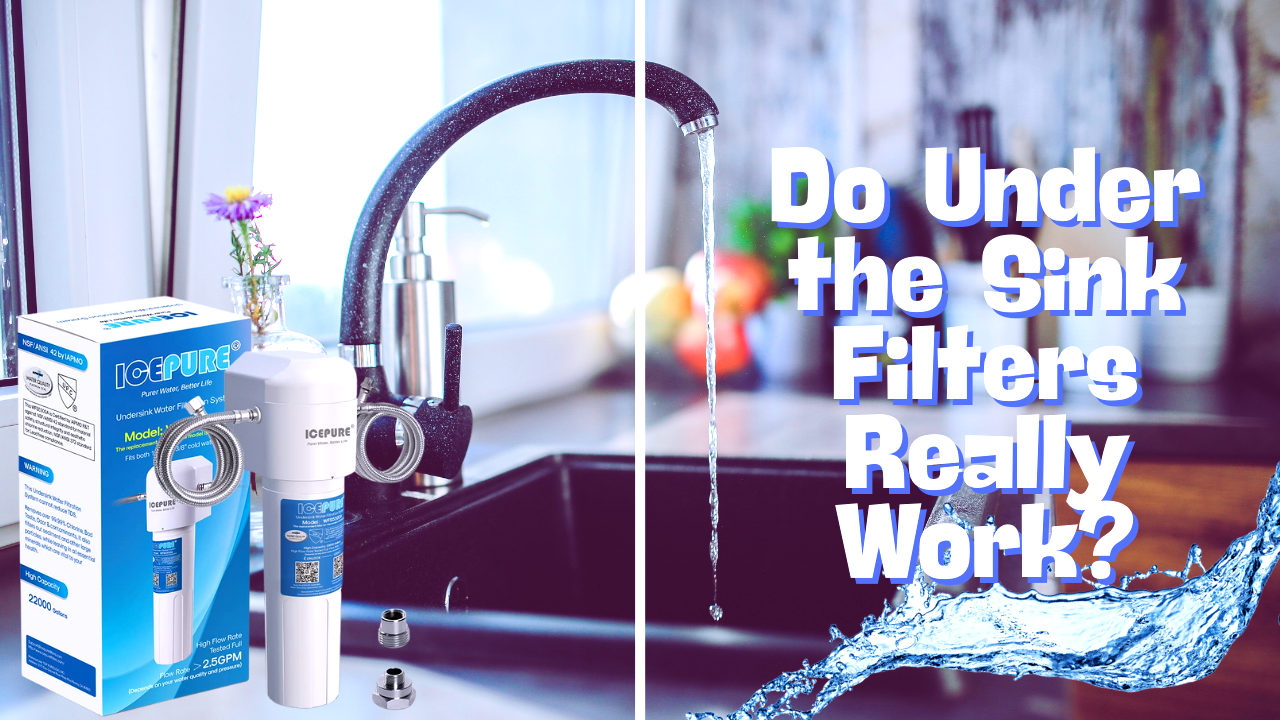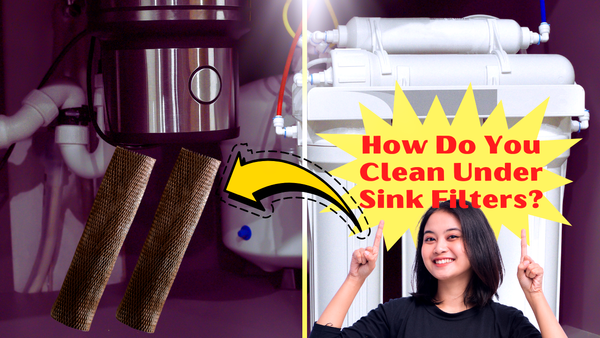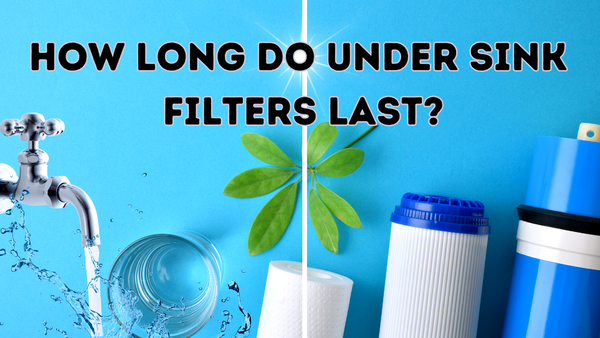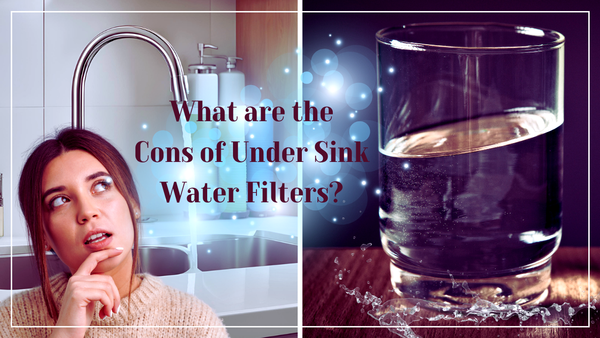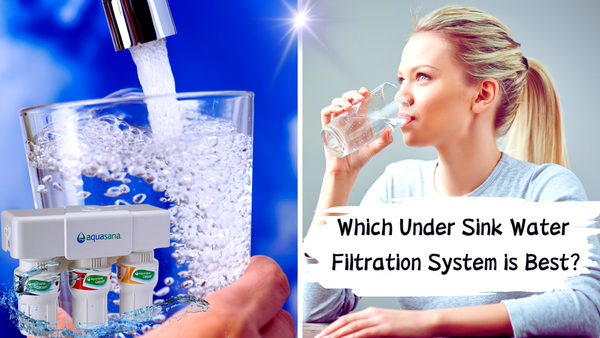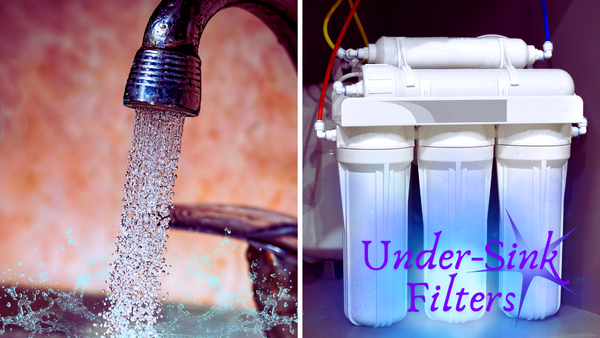Key Takeaways:
- Effectiveness: Under-sink water filters are highly effective in removing a wide range of contaminants from tap water, providing safer and better-tasting drinking water.
- Convenience: These filters offer a convenient solution for households, as they are installed out of sight and do not take up counter space.
- Cost-Effective: Under-sink water filters can be more cost-effective over time than bottled water and other filtration methods.
Water quality is a significant concern for many households. With the increasing awareness of contaminants in tap water, more people are turning to filtration systems to ensure their drinking water is safe. Among the various options available, under-sink water filters have gained popularity. But do under-sink filters work? This article delves into under-sink water filters' effectiveness, benefits, and considerations.
What Are Under Sink Water Filters?
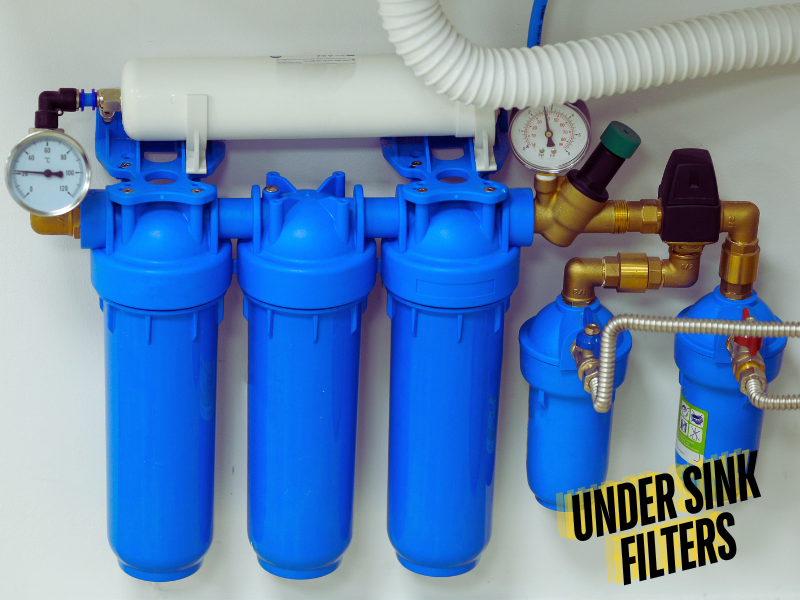
Water filters are installed under the sink, and filtration systems are installed beneath the kitchen sink. These sink filtration systems connect directly to the cold water line, filtering water before it reaches the faucet. These systems are designed to remove contaminants such as chlorine, lead, volatile organic compounds (VOCs), and other harmful substances, providing cleaner and safer drinking water.
These filters come in various types, including activated carbon filters, reverse osmosis systems, and multi-stage filters. Each type has its unique filtration process and effectiveness in removing specific contaminants. The filter choice depends on the water quality and the household's particular needs.
How Do Under Sink Water Filters Work?
Under-sink water filters operate by directing tap water through a series of filtration stages. The first stage typically involves a sediment filter that removes large particles like sand, dirt, and rust. This is followed by an activated carbon filter that adsorbs chlorine, pesticides, and other organic compounds, improving the taste and odor of the water.
In more advanced systems, such as reverse osmosis filters, water passes through a semipermeable membrane that removes even smaller contaminants, including heavy metals and microorganisms. Some systems also include additional stages, such as ion exchange resins, to further enhance water quality.
Benefits of Under-Sink Water Filters
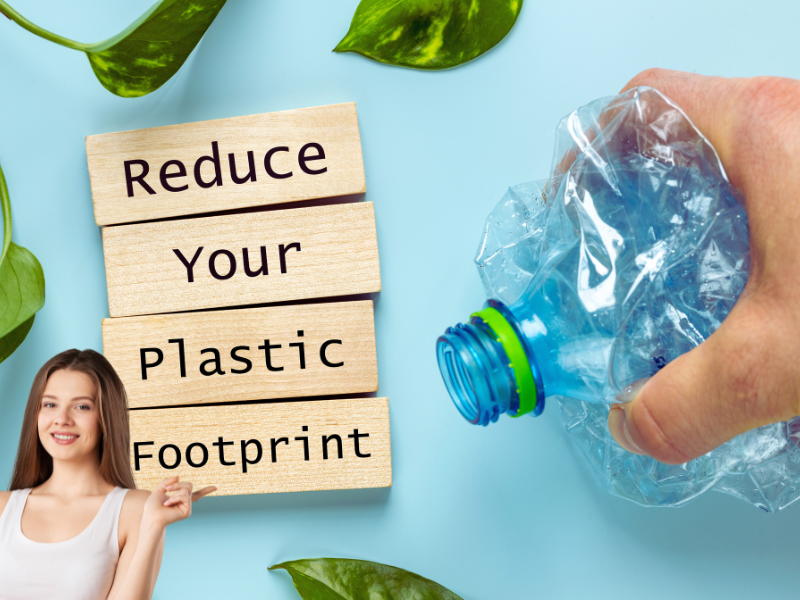
One of the primary benefits of under-sink water filters is their ability to provide high-quality filtered water directly from the tap. Filtered drinking water from these systems ensures that the water you consume is free from harmful contaminants. This eliminates the need for bottled water, reduces plastic waste, and saves money in the long run. Additionally, these filters are installed out of sight, preserving countertop space and maintaining the kitchen’s aesthetic.
Another advantage is the convenience of having a dedicated faucet for filtered water. This ensures that only the water used for drinking and cooking is filtered, extending the filter’s lifespan and reducing the frequency of filter replacements. Moreover, under-sink filters typically have a higher flow rate compared to countertop filters, making them more suitable for busy households.
Types of Under-Sink Water Filters
There are several types of under-sink filtration systems, each with its filtration process and benefits. Activated carbon filters are the most common and effectively remove chlorine, VOCs, and other organic contaminants. They are also relatively affordable and easy to maintain.
Reverse osmosis systems, on the other hand, offer a more comprehensive filtration process. They can remove a wider range of contaminants, including heavy metals, fluoride, and microorganisms. However, they are more expensive and require professional installation. Multi-stage filters combine different filtration methods to provide a balanced solution, offering both effectiveness and convenience.
Installation and Maintenance
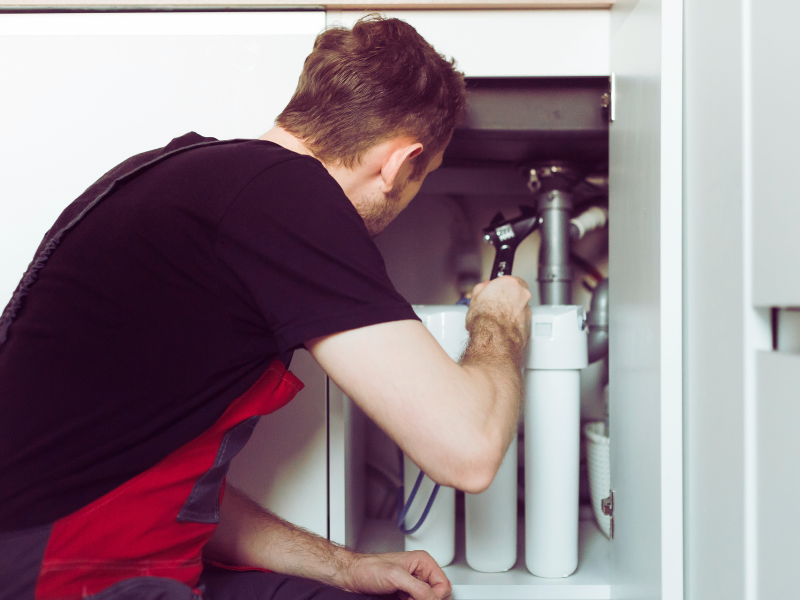
Installing an under-sink water filter can be a DIY project for those with basic plumbing skills. Most systems come with detailed instructions and all the necessary components for installation. However, for more complex systems like reverse osmosis filters, professional installation is recommended to ensure proper setup and avoid potential issues.
Maintenance involves regular replacement of the filters, which varies depending on the type and usage. Activated carbon filters typically need to be replaced every 6-12 months, while reverse osmosis membranes can last up to 2-3 years. It's essential to follow the manufacturer's guidelines for filter replacement to maintain the system's effectiveness and ensure the quality of the filtered water.
Cost Considerations
The replacement filter cost of under-sink water varies widely depending on the type and complexity of the system. Basic activated carbon filters can cost as little as $50, while more advanced reverse osmosis systems can range from $200 to $500. Additionally, there are ongoing costs for filter replacements, which can add up over time.
Despite the initial investment, under-sink water filters can be more cost-effective than other filtration methods, such as bottled water or countertop filters. They provide a continuous supply of filtered water, reducing the need for frequent purchases and minimizing plastic waste. Moreover, the improved water quality can have long-term health benefits, making it a worthwhile investment for many households.
Comparing Under Sink Filters to Other Filtration Methods
When comparing under-sink water filters to other filtration methods, several factors come into play, including effectiveness, convenience, and cost. Faucet-mounted filters are easy to install and provide filtered water directly from the tap, but they can be bulky and may not fit all faucets. Countertop filters offer a similar level of convenience but take up valuable counter space.
Water filter pitchers are affordable and easy to use, but they have a limited capacity and require frequent refilling. Whole-house filters provide comprehensive filtration for the entire home, but they are more expensive and require professional installation. Under sink filters strike a balance between effectiveness, convenience, and cost, making them a popular choice for many households.
Effectiveness in Removing Contaminants
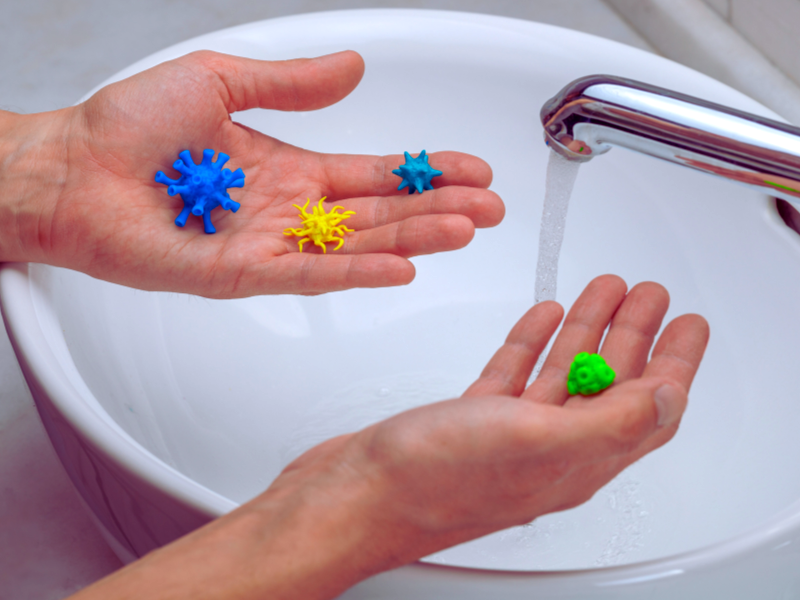
The effectiveness of under-sink water filters in removing contaminants depends on the type of filter and the specific contaminants present in the water. Activated carbon filters are highly effective in removing chlorine, VOCs, and other organic compounds, improving the taste and odor of the water. However, they may not be as effective in removing heavy metals and microorganisms.
Reverse osmosis systems offer a more comprehensive solution, removing a wide range of contaminants, including heavy metals, fluoride, and microorganisms. Multi-stage filters combine different filtration methods to provide a balanced solution, offering both effectiveness and convenience. It's essential to choose a filter that meets the specific needs of the household and addresses the contaminants present in the water supply.
Impact on Water Pressure and Flow Rate
One potential drawback of under-sink water filters is their impact on water pressure and flow rate. Some filters, particularly reverse osmosis systems, can reduce water pressure, making it less convenient for tasks like washing dishes or filling pots. However, many modern systems are designed to minimize this impact and maintain a reasonable flow rate.
It's essential to consider the flow rate when choosing an under-sink water filter, especially for busy households. Some systems offer higher flow rates, making them more suitable for larger families or those with higher water usage. Additionally, regular maintenance and timely filter replacements can help maintain optimal water pressure and flow rate.
Environmental Benefits

Under-sink water filters offer several environmental benefits compared to other filtration methods. By providing a continuous supply of filtered water, they reduce the need for bottled water, minimizing plastic waste and the environmental impact of plastic production and disposal. Additionally, many filters are designed to be recyclable, further reducing their environmental footprint.
Moreover, under-sink filters can help reduce the presence of harmful contaminants in the water supply, protecting both human health and the environment. For example, removing chlorine and other chemicals can prevent them from entering the ecosystem and harming aquatic life. Overall, under-sink water filters offer a sustainable solution for improving water quality and reducing environmental impact.
Health Benefits of Filtered Water
Drinking filtered water offers several health benefits, particularly for those with compromised immune systems or specific health concerns. Removing contaminants like chlorine, lead, and VOCs can reduce the risk of various health issues, including gastrointestinal problems, skin irritation, and long-term exposure to harmful chemicals.
Additionally, filtered water often tastes better, encouraging increased water consumption and promoting overall hydration. This can have numerous health benefits, including improved digestion, better skin health, and enhanced cognitive function. By providing a reliable source of clean, great-tasting water, under-sink filters can contribute to better health and well-being.
Common Contaminants in Tap Water
Tap water can contain a variety of contaminants, depending on the source and treatment methods used. Common contaminants include chlorine, lead, VOCs, pesticides, and microorganisms. While municipal water treatment plants are designed to remove many of these contaminants, some can still make their way into the water supply.
Under-sink water filters are designed to address these common contaminants, providing an additional layer of protection. Activated carbon filters are particularly effective in removing chlorine and organic compounds, while reverse osmosis systems can remove a broader range of contaminants, including heavy metals and microorganisms. Understanding the specific contaminants present in the water supply can help in choosing the right filter for the household.
Choosing the Right Under Sink Water Filter
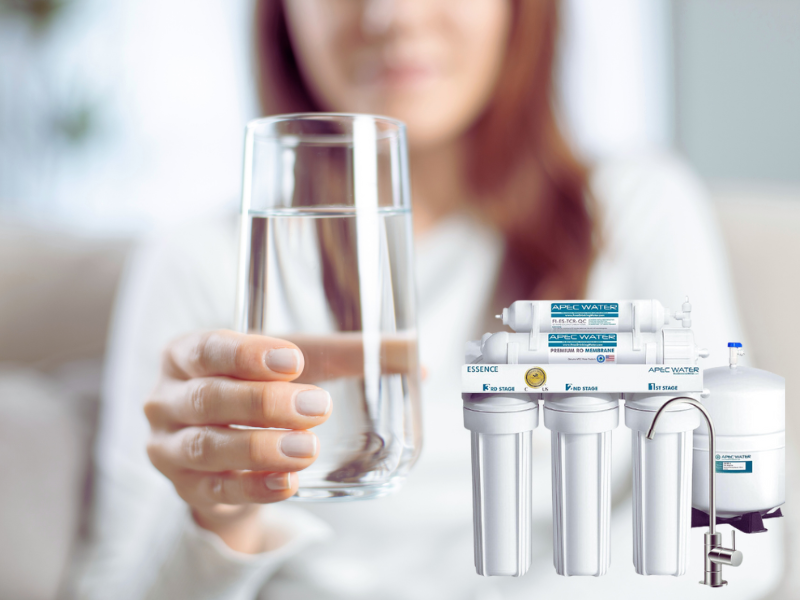
Choosing the right under-sink water filter involves considering several factors, including the specific contaminants present in the water, the household's water usage, and the budget. Water quality testing can help identify the contaminants present and guide the selection of the appropriate filter.
It's also essential to consider the filter's capacity and flow rate, especially for larger households or those with higher water usage. Additionally, the cost of filter replacements and maintenance should be factored into the decision. By carefully evaluating these factors, households can choose an under-sink water filter that meets their needs and provides reliable, high-quality filtered water.
Installation Tips and Tricks
Installing an under-sink water filter can be a straightforward process with the right tools and instructions. Most systems come with detailed installation guides and all the necessary components. However, there are a few tips and tricks that can make the process smoother and ensure a successful installation.
First, it's essential to turn off the water supply before starting the installation to avoid any leaks or water damage. Next, carefully follow the manufacturer's instructions, paying attention to the placement of each component and the connections. Using Teflon tape on threaded connections can help prevent leaks and ensure a secure fit. Finally, after installation, it's crucial to flush the system as recommended to remove any air or loose particles and ensure optimal performance.
Maintenance and Filter Replacement
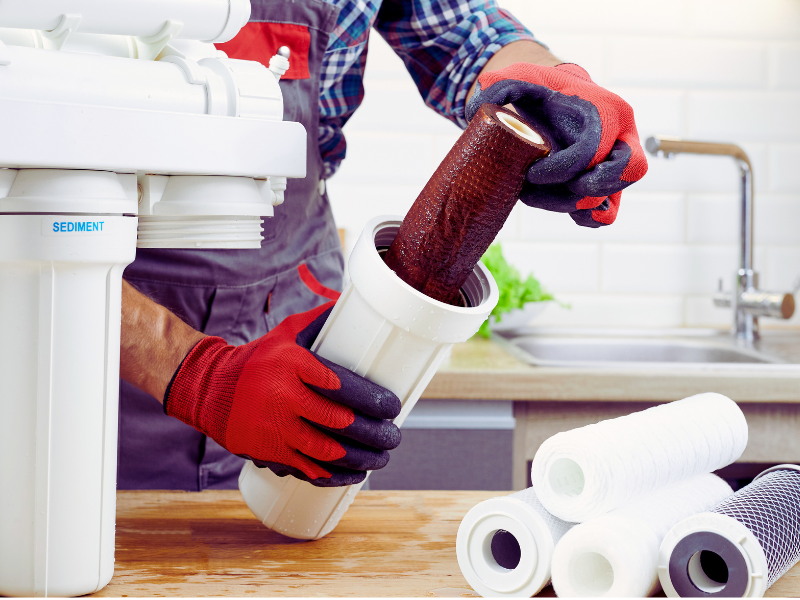
Regular maintenance and timely filter replacements are crucial for maintaining the effectiveness of under-sink water filters. Most systems come with indicators or guidelines for when to replace the filters, typically ranging from 6-12 months for activated carbon filters and 2-3 years for reverse osmosis membranes.
It's essential to follow the manufacturer's recommendations for filter replacement to ensure the system continues to provide high-quality filtered water. Regularly cleaning the filter housing and other components can help prevent buildup and maintain optimal performance. By staying on top of maintenance and replacement filters, households can enjoy the benefits of clean, great-tasting water for years to come.
Cost-Effectiveness of Under-Sink Water Filters
While the initial cost of under-sink water filters can be higher than other filtration methods, they offer long-term cost savings. By providing a continuous supply of filtered water, they reduce the need for bottled water, which can add up over time. Additionally, improved water quality can have long-term health benefits, potentially reducing medical expenses related to waterborne contaminants.
Moreover, under-sink filters typically have a longer lifespan and lower maintenance costs compared to other filtration methods. For example, pitcher filters require frequent filter replacements and refilling, while under-sink filters offer a more convenient and cost-effective solution. Overall, under-sink water filters provide a valuable investment in both health and cost savings.
Real-Life Examples and Case Studies
Several real-life examples and case studies highlight the effectiveness and benefits of under-sink water filters. For instance, a family in Flint, Michigan, installed a reverse osmosis under-sink filter to address the lead contamination in their tap water. The filter effectively removed the lead, providing safe and clean drinking water for the family.
Another example involves a household in California dealing with high levels of chlorine and VOCs in their tap water. They installed an activated carbon under sink filter, which significantly improved the taste and odor of the water, making it more enjoyable to drink and use for cooking. These examples demonstrate the practical benefits of under-sink water filters in addressing specific water quality issues.
Summary
Under-sink water filters are a popular choice for households seeking to improve their water quality. These filters are installed beneath the kitchen sink and connect directly to the cold water line, providing a continuous supply of filtered water. They are effective in removing a wide range of contaminants, including chlorine, lead, VOCs, and microorganisms, offering safer and better-tasting drinking water. When looking for the best under-sink water filter, it's important to consider your specific needs and the filter's capabilities.
The benefits of under-sink water filters include convenience, cost-effectiveness, and environmental sustainability. They are installed out of sight, preserving countertop space and maintaining the kitchen's aesthetic. Additionally, they reduce the need for bottled water, minimizing plastic waste and saving money in the long run. Regular maintenance and timely filter replacements are essential for maintaining the system's effectiveness and ensuring the quality of the filtered water. Stay connected with us by subscribing to our newsletter today!
FAQ
How often should I replace the filters in my under-sink water filter system?
The frequency of filter replacements depends on the type of filter and the household's water usage. Activated carbon filters typically need to be replaced every 6-12 months, while reverse osmosis membranes can last up to 2-3 years. It's essential to follow the manufacturer's guidelines for filter replacement to maintain the system's effectiveness and ensure the quality of the filtered water.
Can I install an under-sink water filter myself, or do I need professional installation?
Many under-sink water filters can be installed as a DIY project using basic plumbing skills. Most systems come with detailed instructions and all the necessary components for installation. However, for more complex systems like reverse osmosis filters, professional installation is recommended to ensure proper setup and avoid potential issues.
What contaminants do under-sink water filters remove?
Under-sink water filters are designed to remove a wide range of contaminants, including chlorine, lead, volatile organic compounds (VOCs), pesticides, and microorganisms. The specific contaminants removed depend on the type of filter. Activated carbon filters are effective in removing chlorine and organic compounds, while reverse osmosis systems can remove a broader range of contaminants, including heavy metals and microorganisms.
